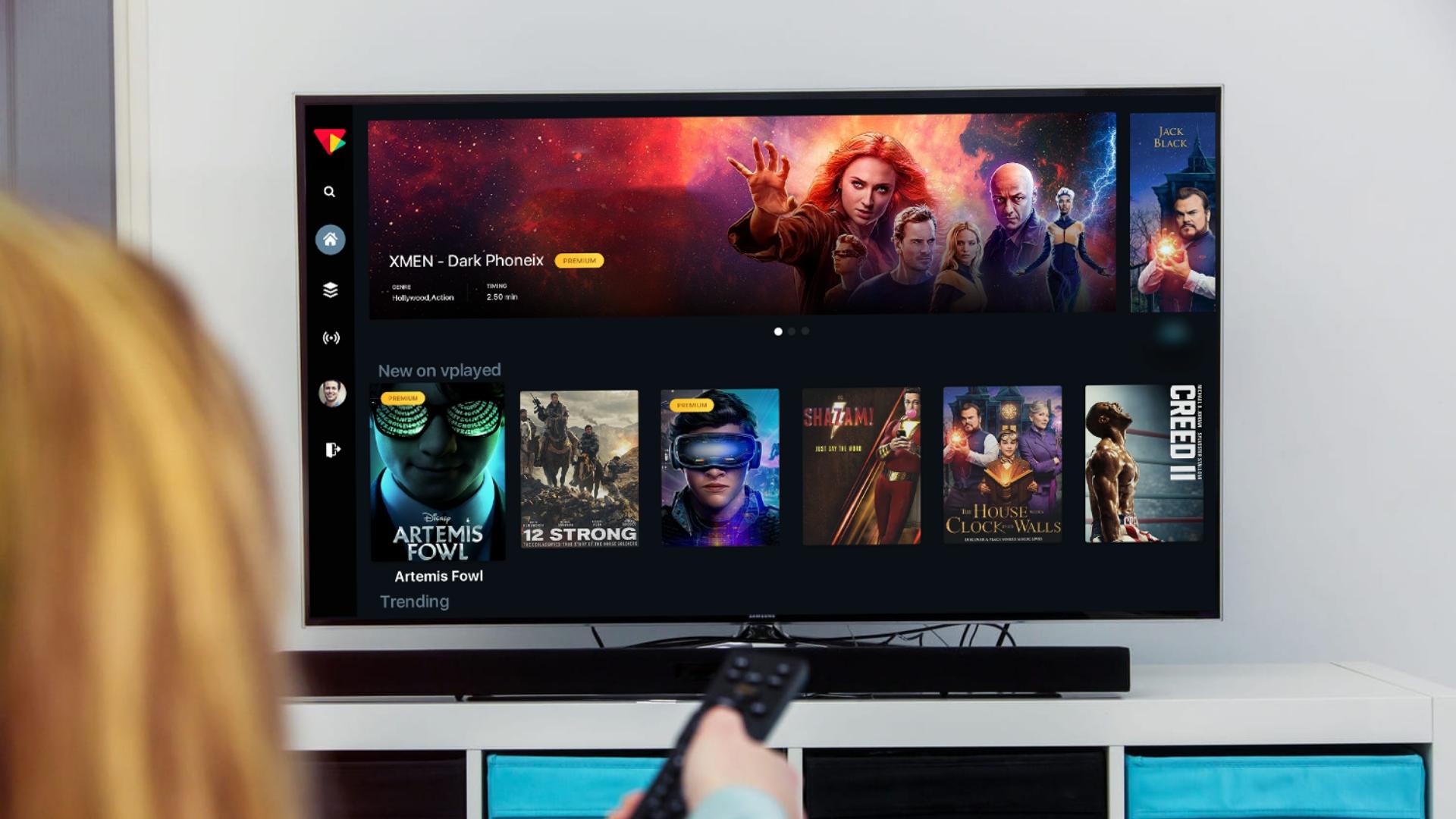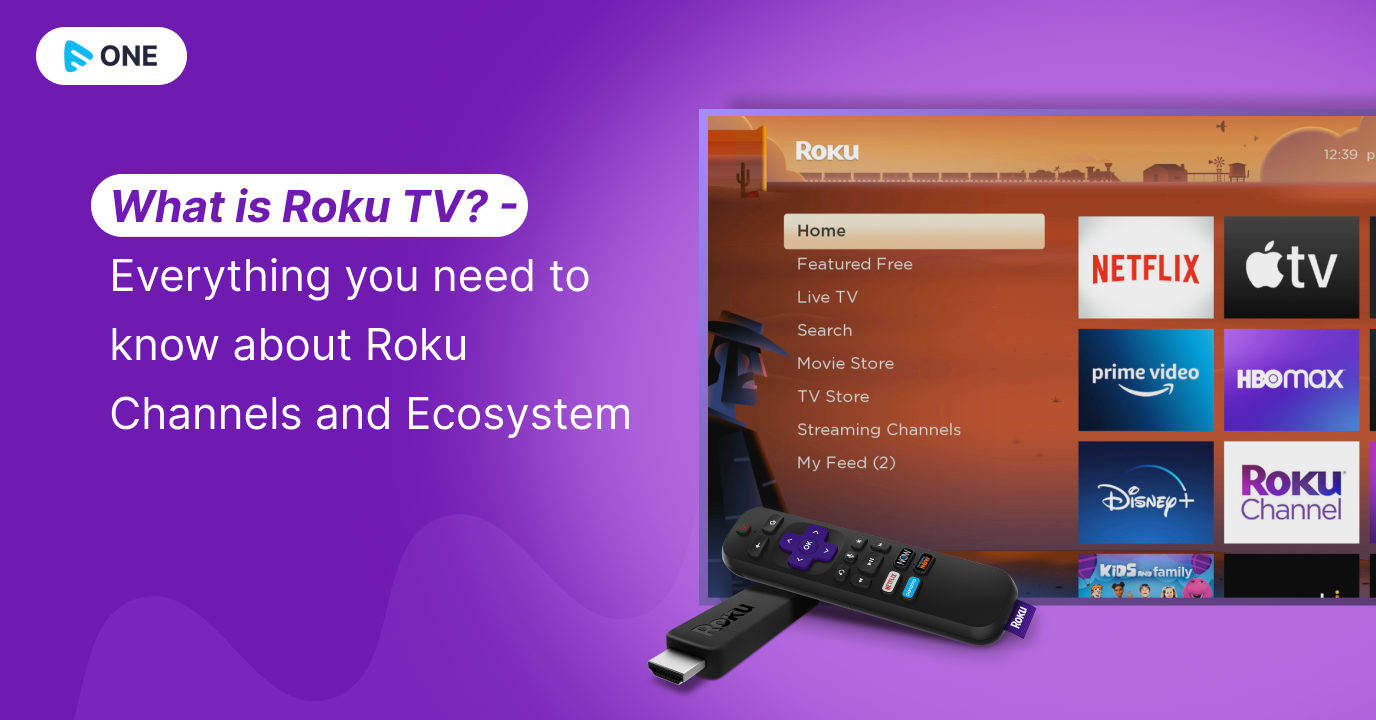How Apollo Group Tv can Save You Time, Stress, and Money.
How Apollo Group Tv can Save You Time, Stress, and Money.
Blog Article
Getting My Apollo Group Tv To Work
Table of ContentsIndicators on Apollo Group Tv You Should KnowThe Single Strategy To Use For Apollo Group TvTop Guidelines Of Apollo Group TvApollo Group Tv - An Overview
In this situation, instead of having three-minute commercial areas throughout a 30-minute television program, TV programs might transform to one where a consumer will certainly be called for to have a regular monthly registration, so that they cen sight targeted banner advertisements. This sort of advertising already takes place on the web, and the amount of data television firms accumulate permits them to do similar.Explain the significant fads among the broadcasting and cable networks. Popular radio reveals such as police drama Dragnet and western cowboy series Gunsmoke were adjusted for tv, and brand-new Television programs were sponsored by solitary marketers, just as radio programs had been.
Today, the television sector is much more complex. Programs are funded by several marketers; shows is managed by major media empires; and the three significant networks no more dominate the airwaves yet rather share their visitors with many cable television networks. Several factors make up these patterns within the industry, including technological growths, government laws, and the creation of brand-new networks.

The Basic Principles Of Apollo Group Tv
Developed in 1969, (PBS) developed out of a record by the Carnegie Payment on Educational Television, which checked out the role of academic, noncommercial tv on culture. Public television was also meant to give universal access to tv for visitors in rural areas or customers that could not afford to pay for personal tv solutions.
The duration between 1950 and 1970 is traditionally identified as the. In addition to a tiny section of airtime controlled by public television, the three significant networks (called the Big 3) controlled the television industry, collectively representing more than 95 percent of prime-time viewing. In 1986, Rupert Murdoch, the head of international firm Information Corp, released the Fox network, testing the prominence of the Big 3.
Targeting young and minority audiences with shows such as Buffy the Vampire Killer, Moesha, Dawson's Creek, and The Wayans Bros., the brand-new networks hoped to attract terminals far from their old network associations. Rather than repeating the success of Fox, UPN and WB struggled to make an impact. Unable to draw in several associate terminals, the 2 new networks got to less families than their larger competitors since they were impossible in some smaller cities.
This decision led the means for the growth of cord motion picture channels, adding to the exponential development of cord in the 1980s and 1990s. apollo tv. More deregulation of cord in the 1984 Cord Communications Policy Act removed constraints on wire rates, allowing operators to bill what they desired for cable television services as long as there was efficient competitors to the solution (a standard that over 90 percent of all wire markets can satisfy)
Some Of Apollo Group Tv

Having created the very first "superstation," Turner expanded his realm by establishing 24-hour information network CNN in 1980. At the end of the year, 28 nationwide shows solutions were available, and the cable revolution had begun. Over the next decade, the market went through a duration of fast development and appeal, and by 1994 viewers could select from 94 basic and 20 premium cable television services.
Figure 9 - https://packersmovers.activeboard.com/t67151553/how-to-connect-canon-mg3620-printer-to-computer/?ts=1728828079&direction=prev&page=last#lastPostAnchor.16 Raised competition from cable television channels has created a steady decrease in the networks' target market ratings. During the 1950s, the price of creating a solitary television program boosted as programs ended up being much longer and production expenses rose. Sponsorship on network television changed from solitary sponsorship, in which a program was completely supported and produced by one marketer, to multiple sponsorship, in which advertisers got 1- or 2-minute spots on the show
Choose one of the Big Four networks and publish out its once a week programming schedule. See the network's prime-time programs over the course of a week, keeping in mind the target market for each program.
Getting My Apollo Group Tv To Work

Linear TV, often referred to as traditional program television, includes cord and satellite television. It's called "linear" because web content follows a fixed shows routine, unlike on-demand material which the individual viewer chooses to watch based upon their very own preferences and schedule. So, when you ask, "What is linear television?", consider it as the traditional way of seeing television that has been around for years.
Report this page